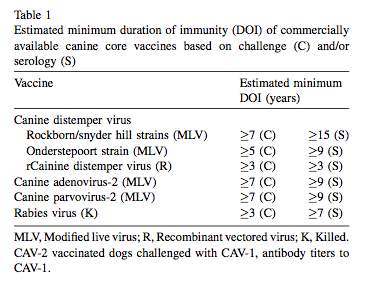A Link Between Desexing and Reactivity
![]() While desexing bitches is a common surgery, I was pleased to see Kim et al. take note that “the side effects of the operation, particularly any changes in behaviour, have been quantified in only few studies”.
While desexing bitches is a common surgery, I was pleased to see Kim et al. take note that “the side effects of the operation, particularly any changes in behaviour, have been quantified in only few studies”.
That is to say, despite us commissioning vets to take the ovaries and uterus out of a great many bitches, we don’t really have much research about it. It’s a pretty scary state of play.
This particular study took 14 healthy German Shepherd bitches, between 5 and 10 months old. Half of these dogs were spayed, and the other half left entire. (The bitches were assigned to each group randomly, except for litter sisters, which were assigned opposite groups.)
After the spay, and having been given 4-5 months to recover from the surgery, the bitches were filmed in their kennel as a stranger and a dog approached. This footage was then scored based on how reactive the bitch was. A score of ‘3’ indicated severe reactivity, and a score of ‘0’ indicated no reactivity. The scorer was unaware of whether the bitch was spayed or not.

Photo courtesy of Rachel Willis.
The reactivity of each bitch was recorded several times, and the reactivity of each bitch declined over the study. It’s likely that the bitches habituated to the novel stimuli. However, despite this affect, bitches in the ovary-hysterectomy group scored higher throughout the study.
Before generalising these results, there are some matters to consider:
- Reactivity was only measured in a kennel setting, and how these dogs react in the ‘real world’ may be different. We can’t suppose that our pet dogs are going to respond in the same way as kennel dogs.
- The reactivity of these dogs was not measured at the start of the study. While it is unlikely, perhaps more reactive dogs happened to fall into the treatment group by chance. Without a ‘before desexing’ score, we cannot be sure of this.
- The authors make note that these results are for German Shepherd bitches aged 5-10 months old. We can’t assume dogs of all breeds and ages would respond this way to spays.
- Further, the bitches in this study are working lined German Shepherds, which may be more reactive than the typical pet dog.
However, this study notes that other studies on bitch spays have shown that as a group spayed bitches are:
- More likely to gain weight
- More aggressive than prior to spay (if they were aggressive prior to spay)
- More active
- More likely to have urinary incontinence
- More likely to be reactive after surgery
The authors recommend:
[V]eterinary practitioners should inform owners that a bitch may become more reactive after spaying either because they have lost the calming effects of progesterone or because elevated gonadotropins stimulate release of adrenal androgens.
Source:
Kim HH, Yeon SC, Houpt KA, Lee HC, Chang HH, & Lee HJ (2006). Effects of ovariohysterectomy on reactivity in German Shepherd dogs. Veterinary journal (London, England : 1997), 172 (1), 154-9 PMID: 16772140
Further reading:
Desexing: It’s bad for Vizslas too
Is desexing a cult?
Desexed dogs – 2.6 times less likely to bite!
Why would you NOT desex your dog??
Golden Retrievers: Cancer if you do, cancer if you don’t

